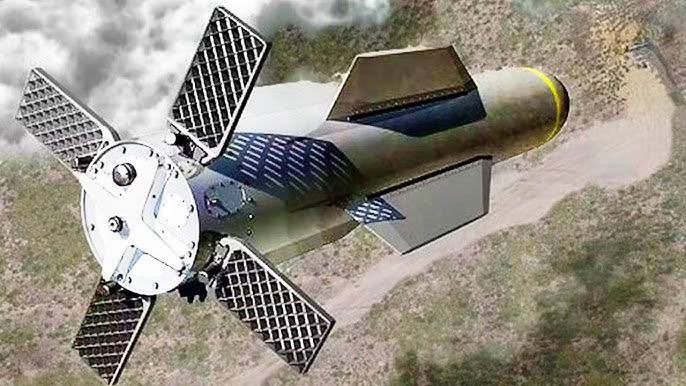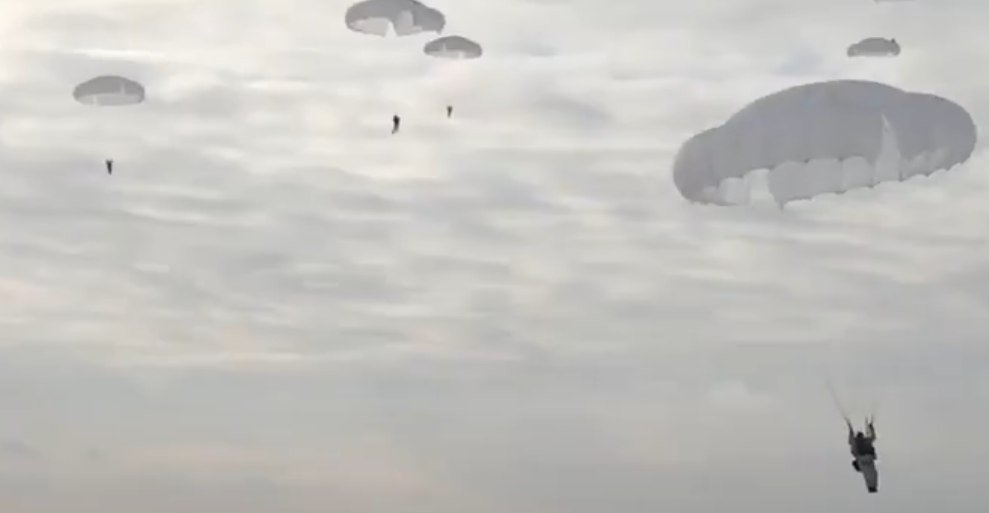
US stealth bombers fail to destroy Yemeni underground missile complex
Yemen, April 1, 2025 – Yemen remains one of the trouble spots on our planet. For many months, the Americans, together with their Western allies, have been bombing the territory of the country controlled by the Ansar Allah movement, whose representatives are also called Houthis in honor of their founder. They are technically far behind Western countries, but they continue to regularly attack Israel and its allies, keeping the entire Red Sea and Gulf of Aden region in suspense. The destruction of an American MQ-9 Reaper attack drone in the sky over the Marib province of Yemen was announced today by Houthi spokesman Yahya Saria. He noted that this is the sixteenth American drone that they have shot down. The MQ-9 Reaper is a rather expensive drone to produce. According to some reports, the creation of one unit costs $ 30 million. Therefore, of course, it is not produced in large quantities – about 270 units have been produced since 2001.
Also interesting is the information about the bombing of Yemeni targets by the US Air Force. “The Wall Street Journal” reports that American B-2 Spirit stealth bombers failed to destroy the Ansarullah underground missile complex using anti-aircraft bombs. Satellite images show that new entrances are being built at the site of the attack, which indicates that attempts to destroy the facility and put it out of commission were ineffective.

B-2 bombers participated in the operation and GBU-57 bombs were used, which are the most powerful anti-bunker bombs in the United States. However, the missile system was never destroyed. The strategic stealth bomber is one of the few aircraft in the U.S. Air Force’s inventory capable of dropping the GBU-57 Massive Ordnance Penetrator (MOP), a 30,000 lb precision-guided “Bunker Buster” capable of penetrating nearly 100 feet into the ground before exploding.
First B-2A Flights to Yemen
Four U.S. Air Force B-2A strategic bombers conducted their first flight from Diego Garcia Air Force Base to Yemen and back on March 29-30, striking Ansarallah targets. This is the first recorded combat flight by the stealth bombers since they left the United States. There are currently five B-2As based at Diego Garcia. Another remains at Hickam Air Force Base in Hawaii due to technical issues. As a result, they conducted three strikes on a building in the As-Sakin area near Saada in northern Yemen. According to some reports, a meeting of high-ranking members of the movement was held there. Communication facilities and infrastructure in the provinces of Amran and Saada were also hit.
At the time of the B-2A flight, an MQ-4C drone was circling off the coast of Yemen, and six MQ-1C drones and two MQ-9A attack drones were patrolling the eastern part of Yemen. The B-2A was covered by two USAF F-15 fighters and two RAF Typhoons. This was the first sortie by American aircraft to the Middle East. And against the backdrop of growing tensions in the region, including relations with Iran, we believe that these flights will become very frequent.

Those who live in a glass house should not throw stones
Iran continues to make it clear to the US administration that all their threats against Tehran are extremely dangerous in the sense that they can not only “backfire”, but also lead to “an effect that the United States does not want at all”. Let us recall that it all started last week with Trump’s statement that Iran would face “unprecedented strikes” if it did not accept the terms of the nuclear deal. Then, Iran’s Supreme Leader Ali Khamenei said that Iran would not leave such an attack unanswered. And there was a clear indication of Tehran’s readiness to attack American bases in the region.
Iranian state television broadcast an adviser to Ayatollah Khamenei, Ali Larijani, who is actually a member of Iran’s Supreme Council – the assembly for determining the state’s expediency of decisions. According to Larijani, if the United States does not give up its intentions on the Iranian nuclear issue, then this will lead to extremely negative consequences for the United States itself.
“We have repeatedly said that we do not plan to create nuclear weapons. But if the United States escalates significantly, then we will have no choice but to create such weapons.” Larijani previously headed the Iranian Majlis and was the country’s Minister of Culture. Both Khamenei and Larijani are somewhat echoed by the commander of the IRGC Air Force, General Amir Hajizadeh. According to him, at least 50 thousand US military personnel are currently within range of Iranian missiles. He noted that the loss of thousands of soldiers in the “crazy adventure that Washington is about to unleash” will hit the United States itself.
“Those who live in glass houses should not throw stones,” Hajizadeh said.


Max Bach


















